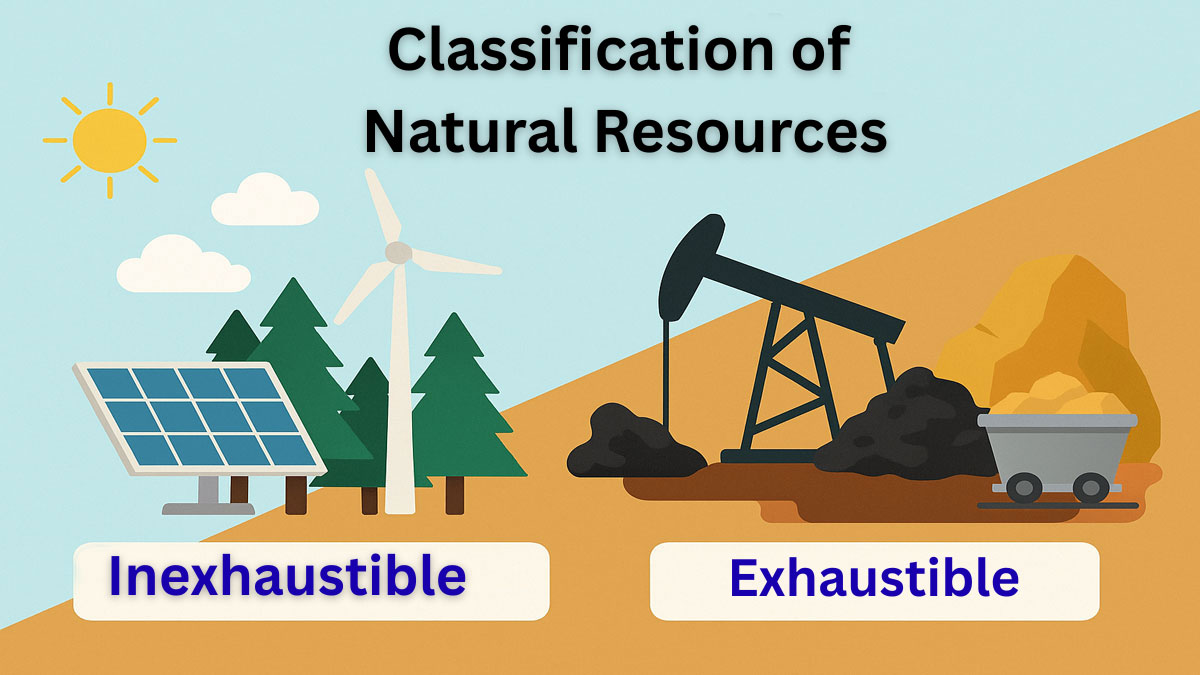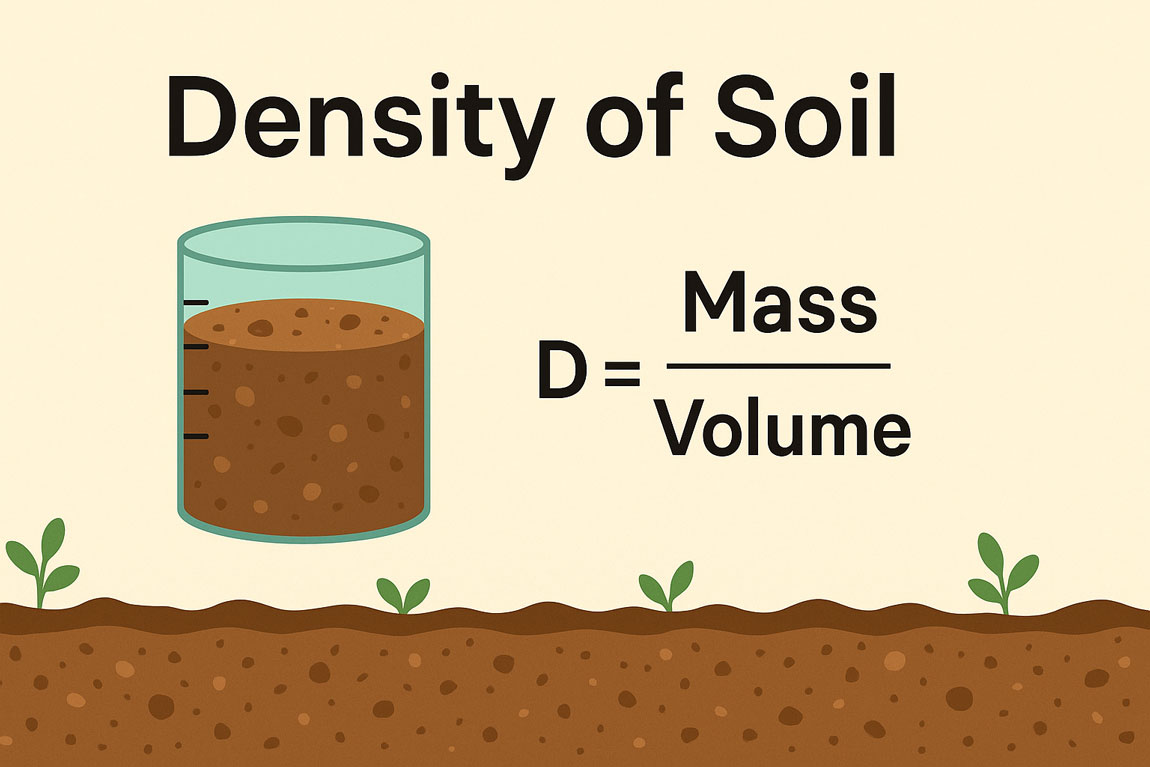Solid waste characteristics and quantities currently generated and expected to be generated within the facility’s service area are available. Proper WTE facility planning requires a reliable database.
Such data are necessary, not only for determining the current refuse disposal needs of the community, but also to determine the overall future requirements of the solid waste disposal system.
The quantities of solid waste generated by the community may have an impact on the initial sizing of proposed WTE facilities, emergency/ash residue landfills, and other ancillary facilities, as well as determine the most efficient location of such facilities, so as to minimize transportation costs.
Solid waste quantities:
Researchers can determine the quantities of solid waste that a community generates by using a number of data sources. Landfill operators in the community, who have kept records over several years, provide the primary sources of data. However, these data may be incomplete because recordkeeping may be poor or inconsistent from one location to another.
In addition, determining the full waste load of certain waste collection routes in a community may be impossible to do accurately. Furthermore, some locations may record the waste they dispose of based on volume rather than weighing it on a scale.
Additionally, some people may illegally dispose of waste, preventing it from ever entering the community’s waste disposal system. These problems occur frequently throughout the United States, so analysts must use estimation procedures to develop reasonable solid waste generation rates for the community.
Researchers or analysts can use population data to compare existing records of solid waste tonnage for a community. They can then develop a per capita solid waste rate and compare it to the generation rates of other communities with similar characteristics to determine whether the solid waste generation rate is reasonable.
In some instances, it may be useful to develop per capita generation rates for different solid waste classifications (e.g., residential, commercial, and industrial) to assist in this comparison and to determine the reasons, if any, for differences between the community’s per capita generation rate and other similar communities.
In this way, certain specific local factors may easily explain high or low rates. The key point of such an analysis is for the community to determine a reasonable solid waste generation rate that it can guarantee to deliver to a WTE facility and use as a basis for long-term waste projections.
In this way, planners can prudently design the WTE facility and size it to accommodate future expansion due to population growth.






